Octopuses are often described as "alien." As marine biologist Dr. Alex Schnell explains, the description fits. "They're just so alien—they have three hearts that pump blue blood, no bones, and skin that can change color in an eye-blink," she recently told Newsweek.
But as the National Geographic series Secrets of the OctopusSecrets of the Octopus reveals, these creatures are far from unfeeling. A clip from the show highlighting Schnell's "magical experience" is capturing the public's imagination, revealing an intelligence that rivals more familiar mammals.
The series, which filmed for over 1500 hours, aims to reveal the hidden lives of these "shapeshifters." For Schnell, the "point of interest" is the intelligence. "But within this really strange framework, we're seeing glimmers of intelligence that we might normally expect to see in, say, dolphin chimpanzees or elephants," she told Newsweek.
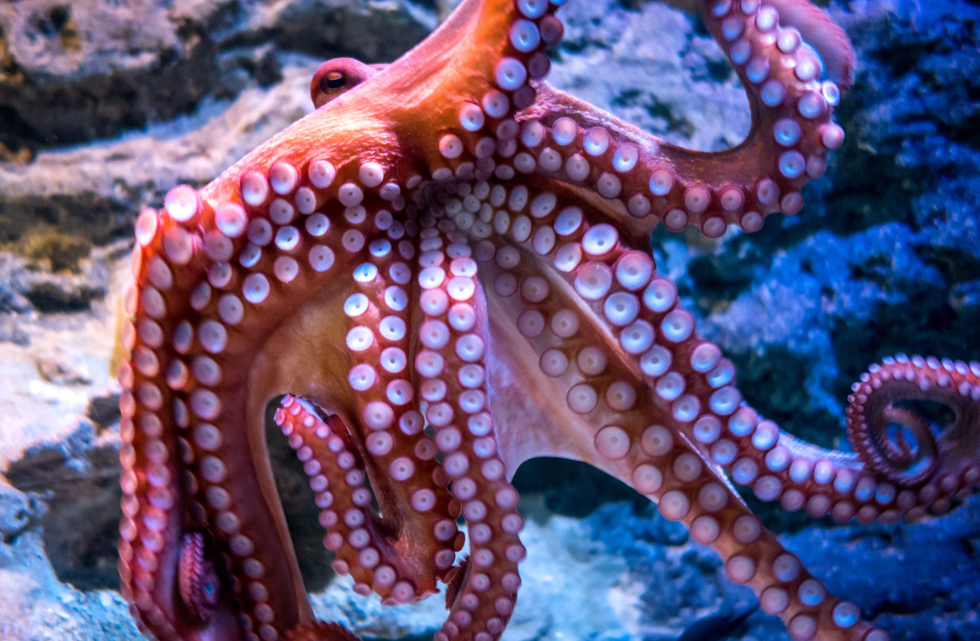
That intelligence, as she discovered, extends to something researchers have long sought: complex, interspecies communication.
While filming in the Great Barrier Reef, the crew was observing an octopus they named Scarlett. They witnessed a "particularly amazing" moment of interspecies collaboration. A fish, a coral trout, was seen doing a "headstand" over a piece of coral.
Schnell explained what was happening: "We were able to see rare footage of interspecies communication and collaborative hunting, with the octopus understanding that this coral trout was doing a headstand to indicate where a crab was hiding."
Schnell explained that since the fish "don’t have hands, the headstand was a way of communicating or gesturing about the prey hidden." This gave her an idea. As part of her "crazy" research, she decided to try and mimic the gesture herself.
"She let me get super close and I could see that as she was putting her arms underneath the coral rubble crabs would swim out and escape her grasp," Schnell said. "So I just randomly started to point to where these crabs would go and she immediately responded."
The moment was a breakthrough, a human successfully using a non-human gesture to communicate with an "alien" intelligence. Schnell describes the entire process of filming the series as a "magical experience," noting, “They’re as curious about you as you are about them.”
Of the pointing gesture, she remains a scientist, eager for what's next: “This is just the first step, but it would be a really interesting avenue to further investigate.”
octopus, Secrets of the Octopus, National Geographic, Alex Schnell, marine biology, animal communication, interspecies communication, Great Barrier Reef, Scarlett the octopus, animal intelligence YouTube
This article originally appeared earlier this year.



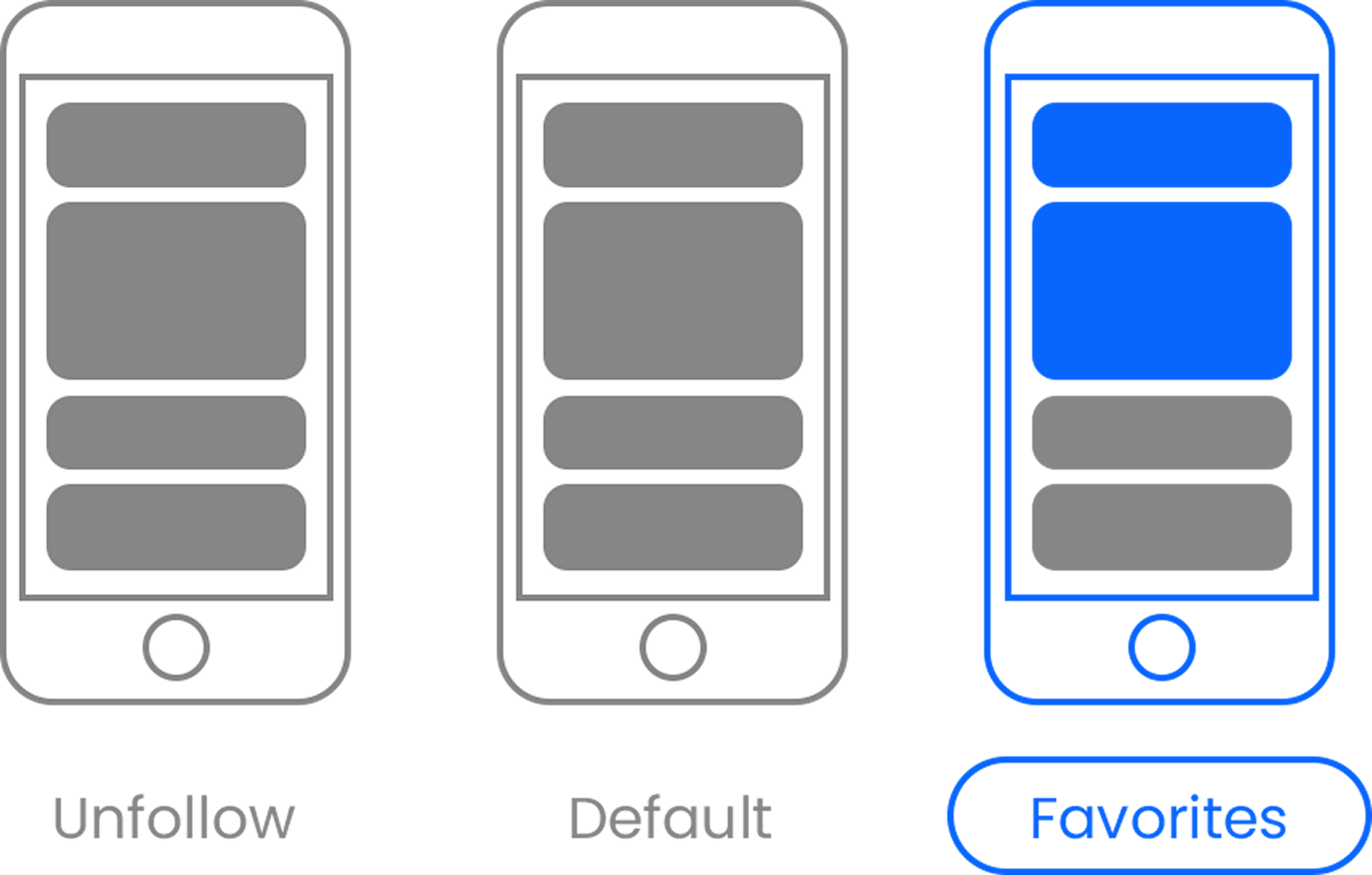




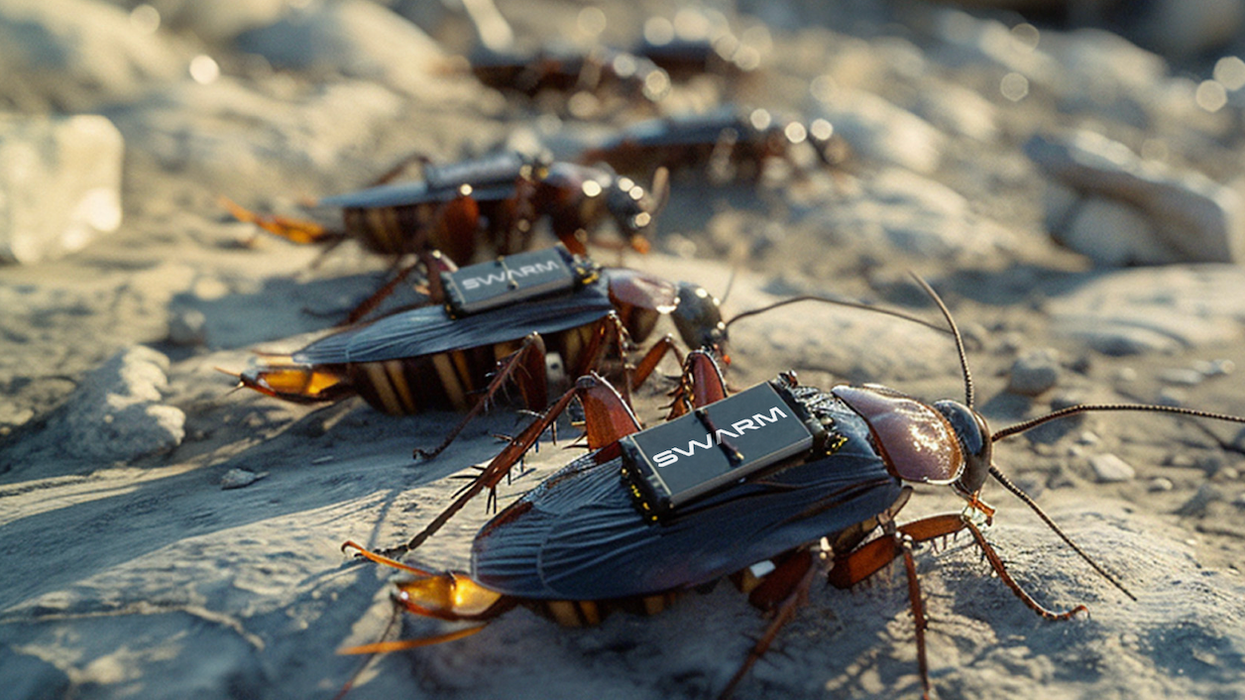


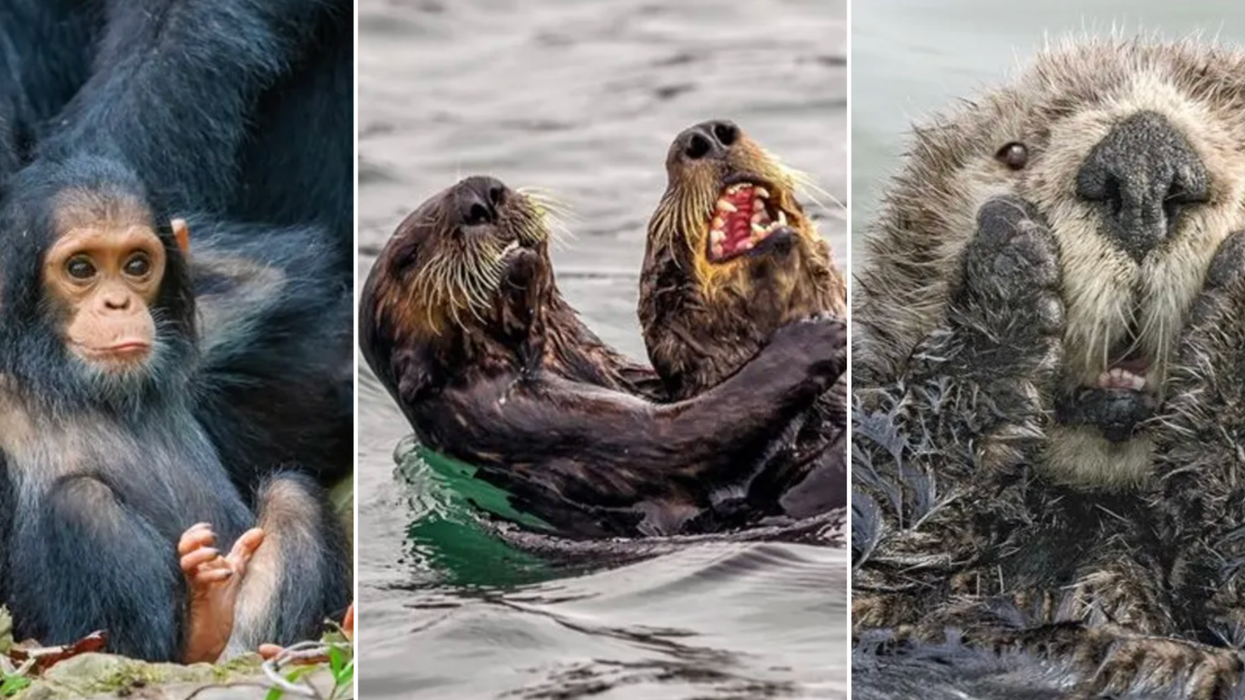
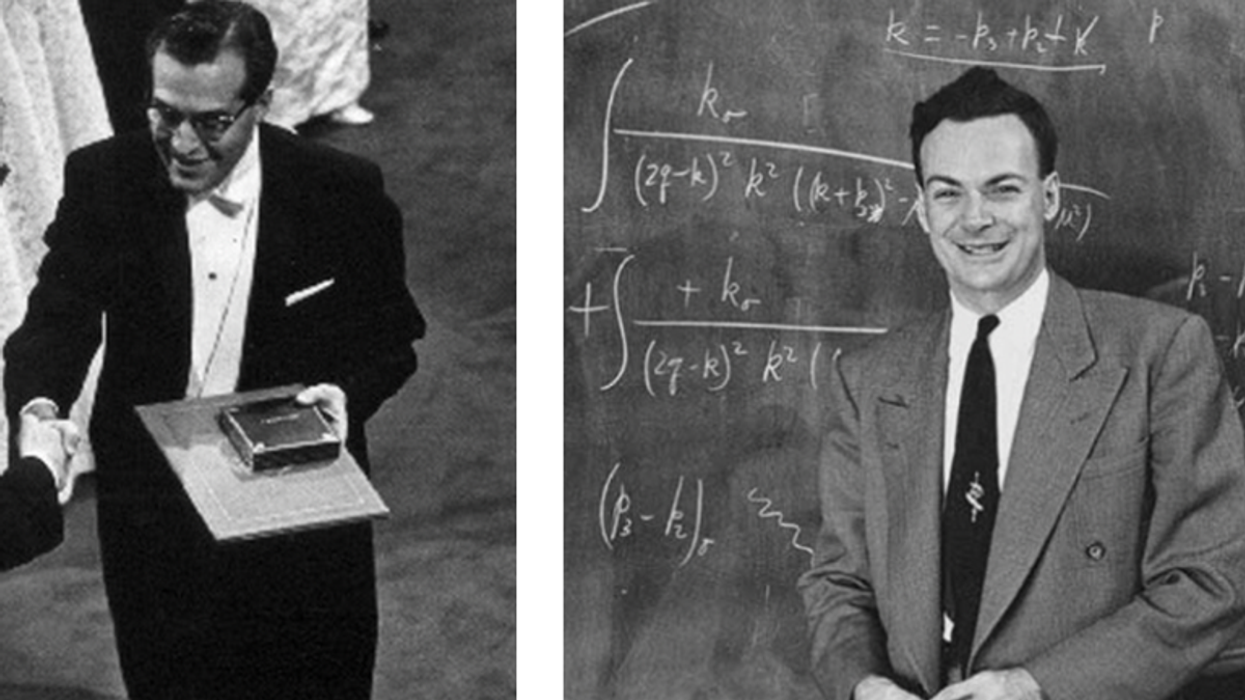




 A coffee shop in the middle of the dayCanva
A coffee shop in the middle of the dayCanva
 Several people scratching off lotto ticketsCanva
Several people scratching off lotto ticketsCanva A woman fans out a bunch of cash
A woman fans out a bunch of cash
 A hand holds multiple lottery ticketsCanva
A hand holds multiple lottery ticketsCanva Hundred dollar bills spread outCanva
Hundred dollar bills spread outCanva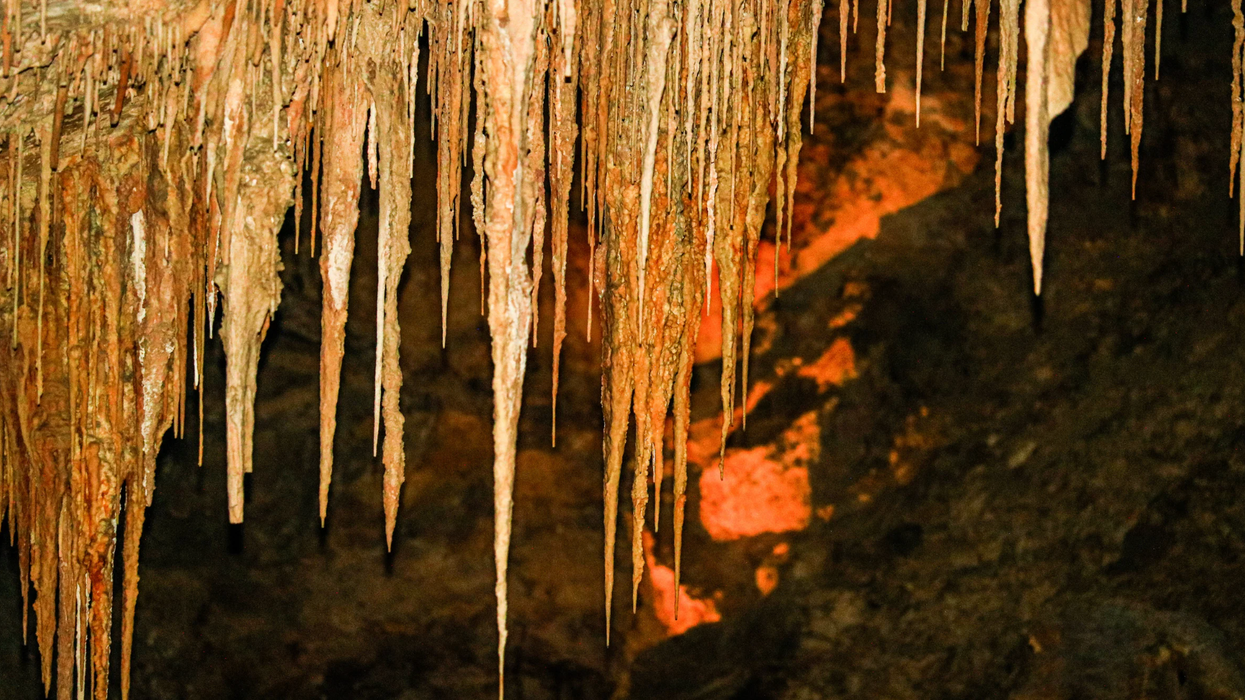
 A subterranean waterfallCanva
A subterranean waterfallCanva
 A hotel clerk greets a guestCanva
A hotel clerk greets a guestCanva Gif of Faye Dunaway' as Joan Crawford demanding respect via
Gif of Faye Dunaway' as Joan Crawford demanding respect via  An empty rooftopCanva
An empty rooftopCanva
 A road near equatorial Atlantic OceanCanva
A road near equatorial Atlantic OceanCanva Waves crash against rocksCanva
Waves crash against rocksCanva
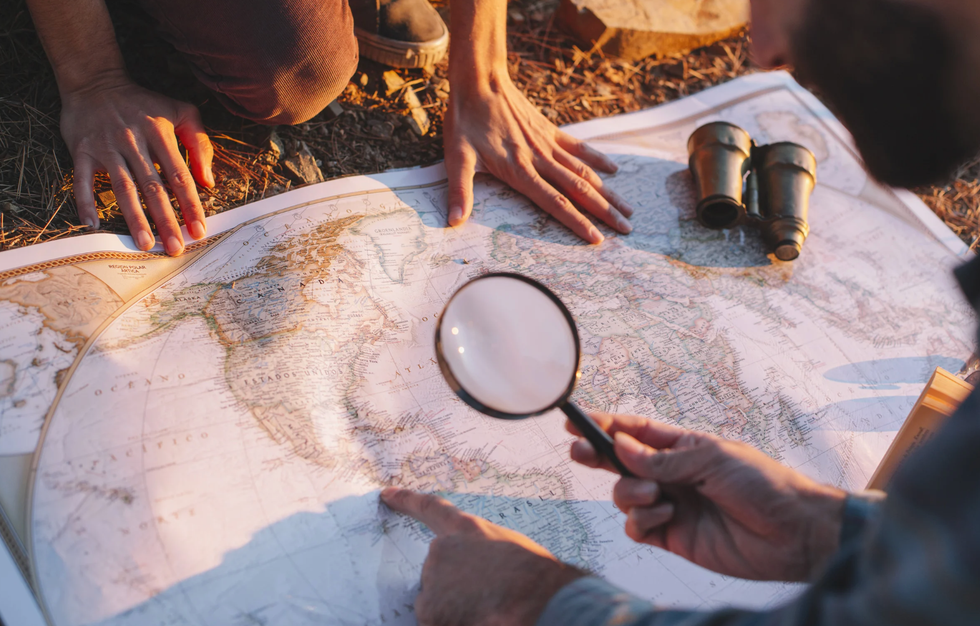 Two people study a mapCanva
Two people study a mapCanva Foggy Chinese villageCanva
Foggy Chinese villageCanva